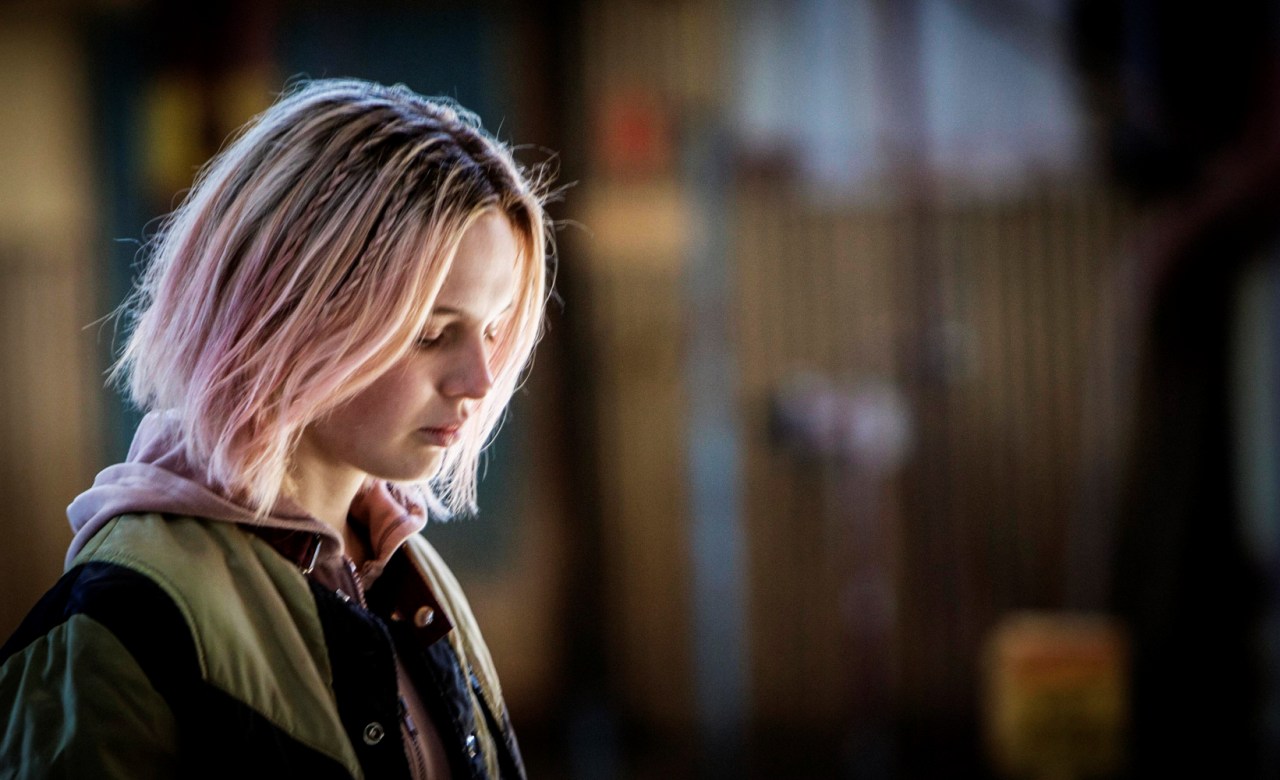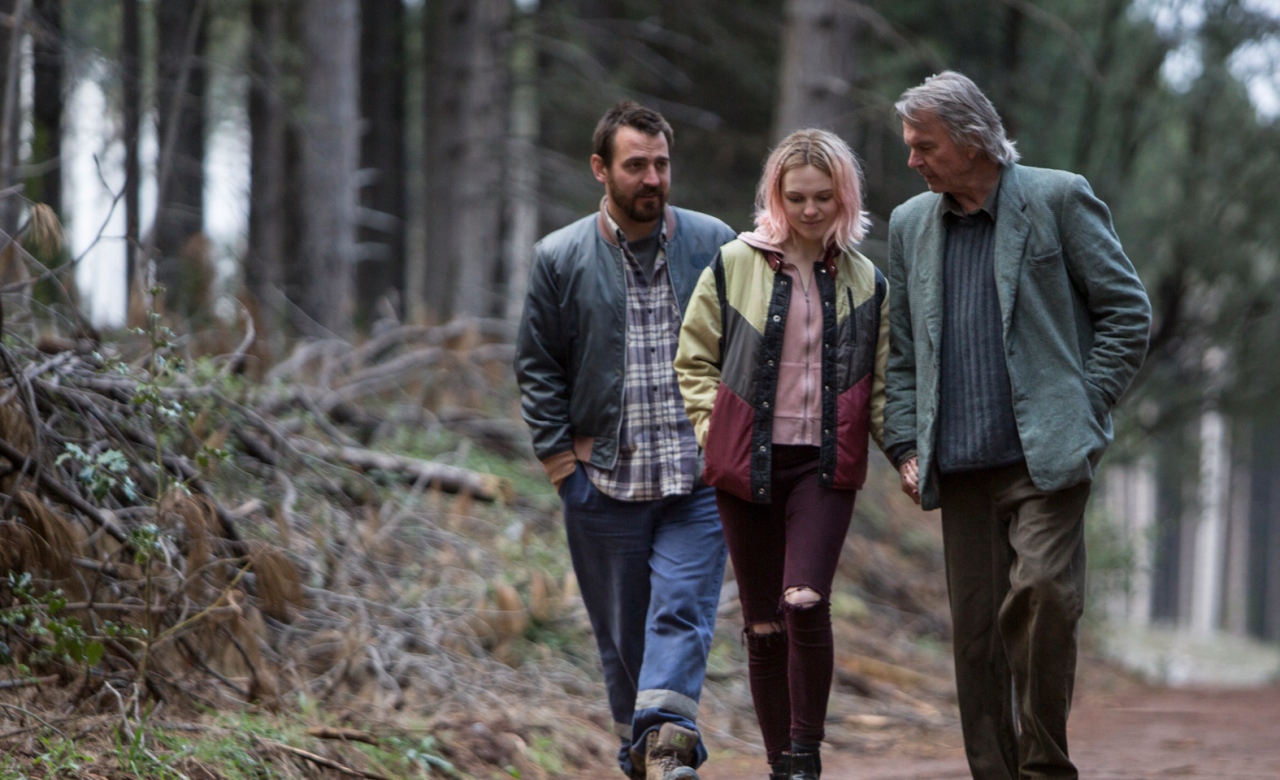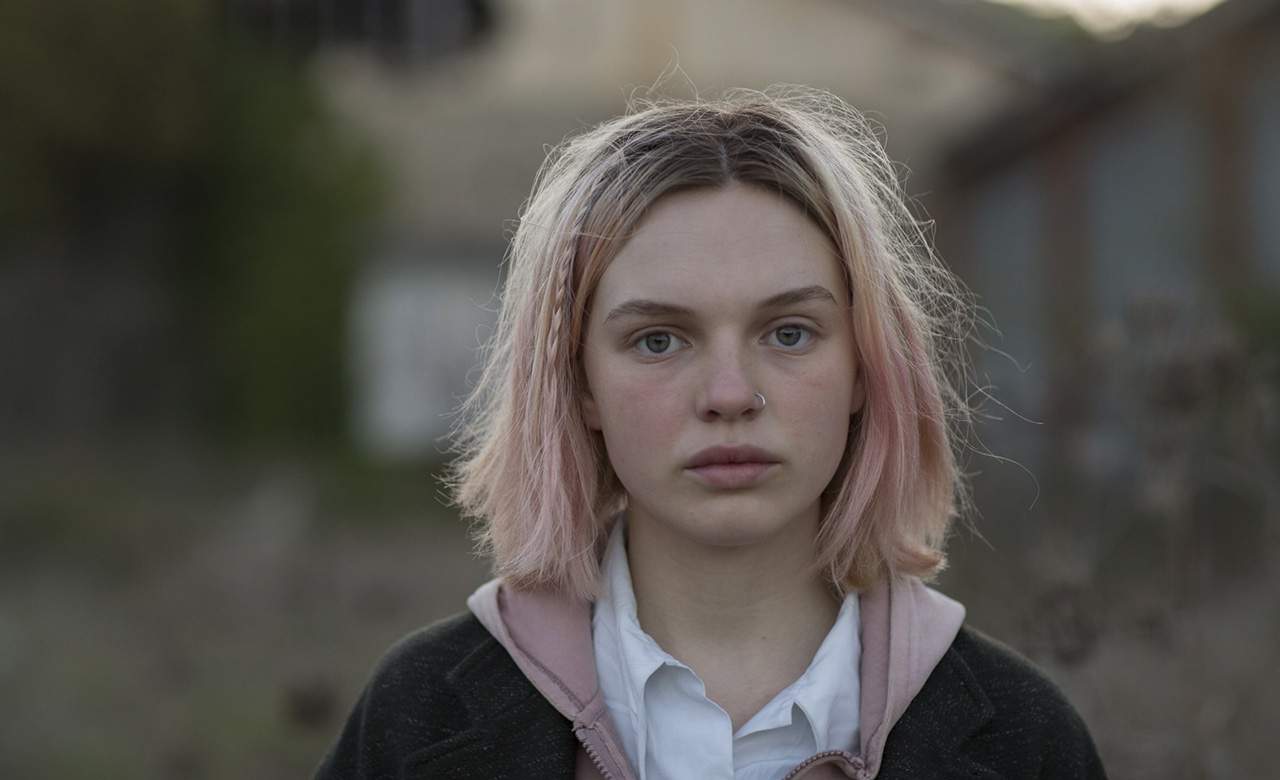The Daughter's Simon Stone and Odessa Young on Shaking Up Typical Aussie Movies
Why would an Aussie director adapt a 19th century Norwegian classic — again?
The Daughter might be the latest local film to reach cinema screens, but it's no typical Aussie movie. Writer/director Simon Stone and the bulk of the film's cast — including Geoffrey Rush, Ewen Leslie, Anna Torv, Miranda Otto and Odessa Young — ensure that the feature's Aussie credentials remain intact, as does its New South Wales shoot. However the drama of family secrets and lies actually finds its basis in Henrik Ibsen's The Wild Duck.
Accordingly, Stone transports a 19th century Norwegian classic to modern Australia, and not for the first time. As theatre fans will no doubt know, the stage wunderkind turned filmmaker earned rave reviews for his stripped-back take on the tale, which played in Sydney, Oslo, Vienna and London. Now, he endeavours to do so again with his film version.
In fact, it seems like his involvement in The Daughter was meant to be, though the same could be said for rising talent Young as well. In the titular role of Hedvig, the Looking for Grace star plays her second complex, compelling teen character in as many movies, and holds her own against an accomplished cast.
So what drew Stone and Young to the story, how did they approach its characters, and how did Stone craft more than just the usual Aussie movie? With The Daughter now screening in Australian cinemas, we spoke to the duo about the film.
ON THE APPEAL OF HENRIK IBSEN'S THE WILD DUCK
Simon: "I guess the beautiful thing about the story is that it's a whole heap of people who have made various mistakes in their life, and it is [about] the vulnerability and the attempt to do the right thing. I'm very attracted to stories where you can't find the villain. So I love constellations of characters with a tragedy that kind of evolves out of the mistakes that the people are making — it doesn't evolve out of being able to blame anyone, it is just people falling into the traps that fate has set them, kind of. And it's the random confluences, confluences of various different people's motivations that are in conflict with each other. That creates the tragedy. You know, if you can blame anything, you can just blame bad luck."
Odessa: "I was really attracted to the story by the integrity with which Simon wrote the character, and the insight that he seemed to have on her teenage personality and emotions, and just the complexity with which he wrote the teenage character. Because, I mean, I've read a lot of teenage characters — as you can imagine being a teenager auditioning for roles — and it's so rare that you actually come across a character that isn't just used as a buffer for the adult characters to take anger out on. Or they're quite often used as scapegoats. It is a really interesting kind of thing when you read something that isn't like that — when it is actually creating some autonomy for the character. That's really what gripped me about the role in the first place."

ON ADAPTING THE STORY FOR A SECOND TIME
Simon: "I had a series of instincts about the way I thought that it should look, but those instincts changed as I changed, in my mind, what kind of genre of movie it should maybe be in order to be most successful. I mean, if it had been just an incredibly realistic portrait of these events happening to this family like it was in my stage play, in a kind of inner-city environment like it was set in in my version of the play, then I think it would've been inconceivable at certain points. People would've gone, 'Actually, if you're pretending that all of these coincidences just take place in Surry Hills in a casual week in the casual lives of these people, then I'm not going to buy that.'
"So I started looking for a genre for the movie that was going to be take advantage of the kind of mythological nature of the story in Ibsen's original play. It was just about finding the right genre, the right kind of references for myself, because I'm in love with every single genre of cinema. I love everything, so it kind of could've been anything."

ON THE COMPLEX CHARACTERS AT THE HEART OF THE FILM
Simon: "I don't believe in that moral absoluteness. I don't actually think it exists in the real world. I think it is a storytelling motif that people invented to express the fighting within someone's own soul. I think the classic villains and the classic gods versus devils stories that have existed in all the mythology since the beginning of religions, and in spiritual storytelling since humans painted stories on caves with pictures, the source of that was actually an expression of human instinct. The instincts within a human person, and the personification of those people was the kind of way of literalising and turning that battle into a figurative battle of two sides of the human personality. And I think people have kind of forgotten that."
Odessa: "Even after I got the role, it was really heavy for me. I didn't know whether I could do it. I didn't know if I had the skills and the knowledge to play a character like this — that was so far opposite to what I am. So much of my character development was Simon's direction. We created a very important, easy shorthand quite early on in the process where it was all about paring back my own experiences as a teenager, not letting them filter through into the character, and creating a new set of experiences that would influence Hedvig's decisions and decision-making and her actions."

ON MAKING A MOVIE THAT'S MORE THAN JUST THE SUM OF ITS AUSTRALIAN PARTS
Simon: "I wanted the film to reflect all of the Australian stories that are not the clichéd Australian stories. Australia seems to have this real love of the idea of white working class stories or Asian stories or indigenous stories. But [I like] the idea of melding of all of the influences, the idea of actually taking a Scandinavian story, making it a little bit Australian, keeping it a little bit Scandinavian, and letting it be universal. Getting rid of the notion of what is the Australian-ness of this project, other than that it is being made by a whole heap of Australians.
"And so the source material is part of the canon that Australia is kind of stealing from everywhere in the world, always. Because other than the indigenous stories and the dreaming, there is no Australian canon. It is just a series of other people's work, other culture's work, that kind of magpie culture where we are of just pilfering and making a beautiful and mangled mess. That's the kind of aim of the movie. And its a celebration to a certain extent that maybe we can eventually stop needing to ask questions about Australian-ness at some point."
The Daughter is currently screening in Australian cinemas. Read our full review.





